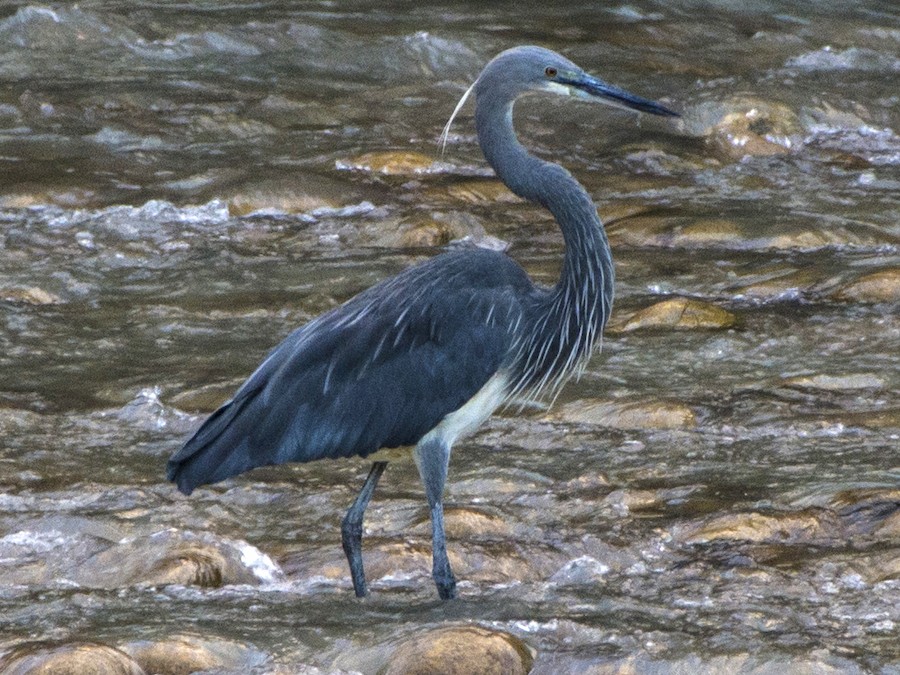Indian Geography Practice Question and Answer
8 Q: Soilless agriculture is called _______.
487 0642430b47ac9a186e4d93e30
642430b47ac9a186e4d93e30- 1hydroponicstrue
- 2shifting agriculturefalse
- 3dry farmingfalse
- 4pastoral farmingfalse
- Show Answer
- Workspace
- SingleChoice
Answer : 1. "hydroponics "
Q: Which of the following Hills is not a part of the 'Satpura Range'?
484 0640f00a856c45fd8d3a9d12d
640f00a856c45fd8d3a9d12d- 1Rajpiplafalse
- 2Mahadevfalse
- 3Bharnertrue
- 4Maikalfalse
- Show Answer
- Workspace
- SingleChoice
Answer : 3. "Bharner"
Explanation :
1. Satpura and Vindhya mountain ranges are found in the central western part of India.
2. 'Satpura Series' includes all the parts.
- Rajpipla
- Mahadev
- Macal
Q: The ______ plateau is subdivided into the Garo Hills, the Khasi Hills, and the Jaintia Hills, named after the tribal groups inhabiting the region.
471 064b1455188d5e4f52dc4f23d
64b1455188d5e4f52dc4f23d- 1Chota Nagpurfalse
- 2Baghelkhandfalse
- 3Malwafalse
- 4Meghalayatrue
- Show Answer
- Workspace
- SingleChoice
Answer : 4. "Meghalaya"
Explanation :
1. The Meghalaya Plateau is sub-divided into the Garo Hills, Khasi Hills and Jaintia Hills, named after the tribal groups living in the region.
Q: In which of the following regions of India is the natural habitat of White-bellied Heron largely distributed?
468 064a2ad34ab3c5fffc2fa31f9
64a2ad34ab3c5fffc2fa31f9- 1North-easttrue
- 2Northern plainsfalse
- 3Deccan plateaufalse
- 4Western coastfalse
- Show Answer
- Workspace
- SingleChoice
Answer : 1. "North-east"
Explanation :
 1. White-bellied Heron naturally inhabits the north-eastern region of India.
1. White-bellied Heron naturally inhabits the north-eastern region of India.
2. The bellied Heron is a bird which is mostly found in the low-altitude marshy areas of the Himalayas.
3. It is also called imperial heron in India.
4. In the year 2007, it was listed as 'Critically Endangered' in the Red List of the International Union for Conservation of Nature (IUCN).
Q: Which of the following options is INCORRECTLY paired?
461 064919b4314cf8fe013d7b3d0
64919b4314cf8fe013d7b3d0- 1Guavas – Telanganatrue
- 2Apples – Himachal Pradeshfalse
- 3Oranges – Nagpurfalse
- 4Banana – Keralafalse
- Show Answer
- Workspace
- SingleChoice
Answer : 1. "Guavas – Telangana"
Explanation :
The list of fruits of the state is given along with their state-
* Apple - Himachal Pradesh
* Orange - Nagpur
* Banana - Kerala
* Mango - Telangana
* Guava - Uttar Pradesh
Q: Which of the following celestial bodies has a natural satellite named ‘Charon’?
459 064a2a4f4ab3c5fffc2fa1f56
64a2a4f4ab3c5fffc2fa1f56- 1Haumeafalse
- 2Plutotrue
- 3Marsfalse
- 4Saturnfalse
- Show Answer
- Workspace
- SingleChoice
Answer : 2. "Pluto"
Explanation :
1. Pluto has a natural satellite named Charon.
2. Pluto has five known natural satellites, of which Charon is the largest.
3. Charon's diameter is about half the diameter of Pluto.
4. Its average radius is 606 km (377 mi).
Q: Which of the following is the third highest mountain in the world?
459 064b17a2705e9e6f5582d5ce7
64b17a2705e9e6f5582d5ce7- 1Everestfalse
- 2Kanchenjungatrue
- 3K2false
- 4Annapurnafalse
- Show Answer
- Workspace
- SingleChoice
Answer : 2. "Kanchenjunga"
Explanation :
1. The third highest mountain in the world is Kanchenjunga, whose height is 8,586 meters (28,169 feet).
2. Works to connect the borders of Nepal and India.
3. Kanchenjunga was first climbed by Joe Brown and George Band on 25 May 1955.
Q: The Dry Land farming is done in India in-
449 06408bbc786fd4161467bd651
6408bbc786fd4161467bd651- 1100 cm to 150 cm annual rainfall areasfalse
- 235 cm to 75 cm annual rainfall areastrue
- 375 cm to 110 cm annual rainfall areasfalse
- 4More than 150 cm annual rainfall areasfalse
- Show Answer
- Workspace
- SingleChoice

